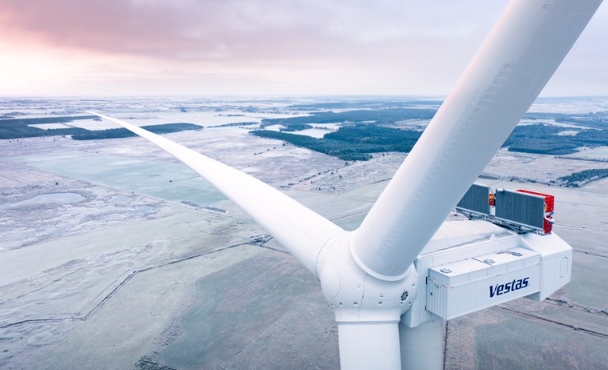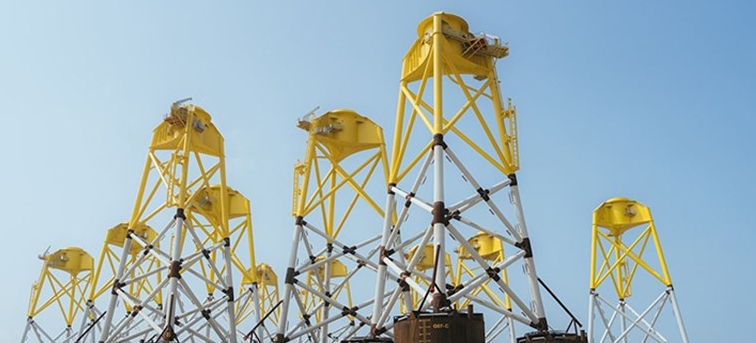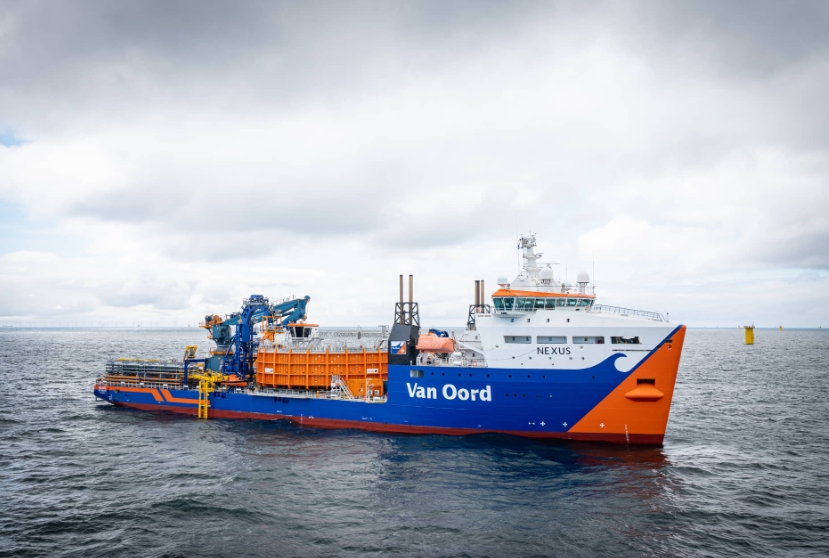
Opposition leader Peter Dutton’s proposal calls for seven commercial nuclear plants by 2050, with the first operational by 2036. Courtesy Peter Dutton.
Australia’s main opposition group has laid out a $331bn ($211bn, €200bn) plan to create a taxpayer-funded nuclear power industry that it said will underpin the economic success of the country for the next century
The centre-right Liberal Party leader Peter Dutton announced the cost of his nuclear policy at a press conference in Brisbane on Friday, making it a major plank of the election platform of his coalition with the National Party before an election due by May. It comes amid a global resurgence in the technology after a surge in energy prices following Russia’s February 2022 invasion of Ukraine.
“This will make electricity reliable,” Dutton said. “It will make it more consistent. It will make it cheaper for Australians, and it will help us decarbonise.”
Dutton’s proposal calls for seven commercial nuclear plants by 2050, with the first operational by 2036.
Nuclear is banned in Australia and any nuclear industry would need to be built almost from scratch, although the country does haven uranium mines and a research reactor at the Australian Nuclear Science and Technology Organisation (Ansto) site near Sydney.
Aiming For 38% Nuclear By 2050
The opposition leader said that under his plan, by 2050 Australia’s energy mix would be 54% renewable energy, 38% nuclear and 8% for storage and gas power. The Labor government, in contrast, has set a goal to have 82% renewable electricity by 2030.
Nuclear energy is one of the most expensive possible options for Australia, and renewable energy the cheapest, Australia’s Commonwealth Scientific and Industrial Research Organisation said in a report earlier this month. Dutton criticised those findings last week.
Dutton said on social media: “Labor’s renewables-only policy is driving up power bills and leaving Australia’s energy grid vulnerable to blackouts. We have a better plan – and it will cost Australians AUD263 billion less than Labor’s plan.”
The report, Economic analysis of including nuclear power in the NEM, is the second of two from independent economic consultants Frontier Economics. It said “crude assessments” of the cost of renewables do not account for the fact that much more renewable capacity is required to produce the same amount of electricity compared to a nuclear power station.
Frontier Economics’ managing director Danny Price said the data speaks for itself. In both scenarios in then report, “including nuclear power in our energy mix is cheaper – by up to 44% - for Australians in the medium-term future”.
The plan would also change Australia’s uranium mining industry, which has long been restricted despite the nation’s vast reserves.
Uranium Industry Says Nuclear Should Be On Table
Australia is currently the world’s fourth-largest uranium producer and holds an estimated one-third of the planet’s known reserves. Yet, uranium mining remains banned in Western Australia and Queensland, two states with major deposits.
While South Australia is home to three operational uranium mines – including the Olympic Dam, which is the largest known uranium deposit in the world – mining activity remains limited.
The other active sites, Four Mile and Ranger, have smaller footprints, with Ranger nearing the end of its lifecycle. Mining.com said this “underutilisation” contrasts sharply with growing global demand for uranium as countries seek cleaner alternatives to fossil fuels.
The Minerals Council of Australia welcomed the release of the opposition coalition’s modelling.
It said the analysis by Frontier Economics demonstrates nuclear power should be a critical technology on the table for Australia to consider, as it is elsewhere around the world and particularly amongst Australia’s strategic partners.
“The modelling dispels arguments that nuclear is uneconomic and that removing the ban would be a distraction,” it said.
The Australian Nuclear Association told NucNet recently: “Australia needs access to all available clean zero-carbon technologies, including nuclear energy, to meet the challenges of climate change, affordability, and energy security.”
Aidan Morrison, director of energy research at the Centre for Independent Studies, a Sydney-based thinktank, said one of the most significant barriers to nuclear energy is its high upfront capital costs, with nuclear plants requiring significant investment during construction.
Morrison said the key to reducing costs lies in economies of scale. “All the countries that have managed to make nuclear power affordable build [reactors] in fours and sixes and eights,” he said.

Dutton said on social media that his plan will cost Australians AUD263 billion less than Labor’s plan. Courtesy Peter Dutton/Instagram.







